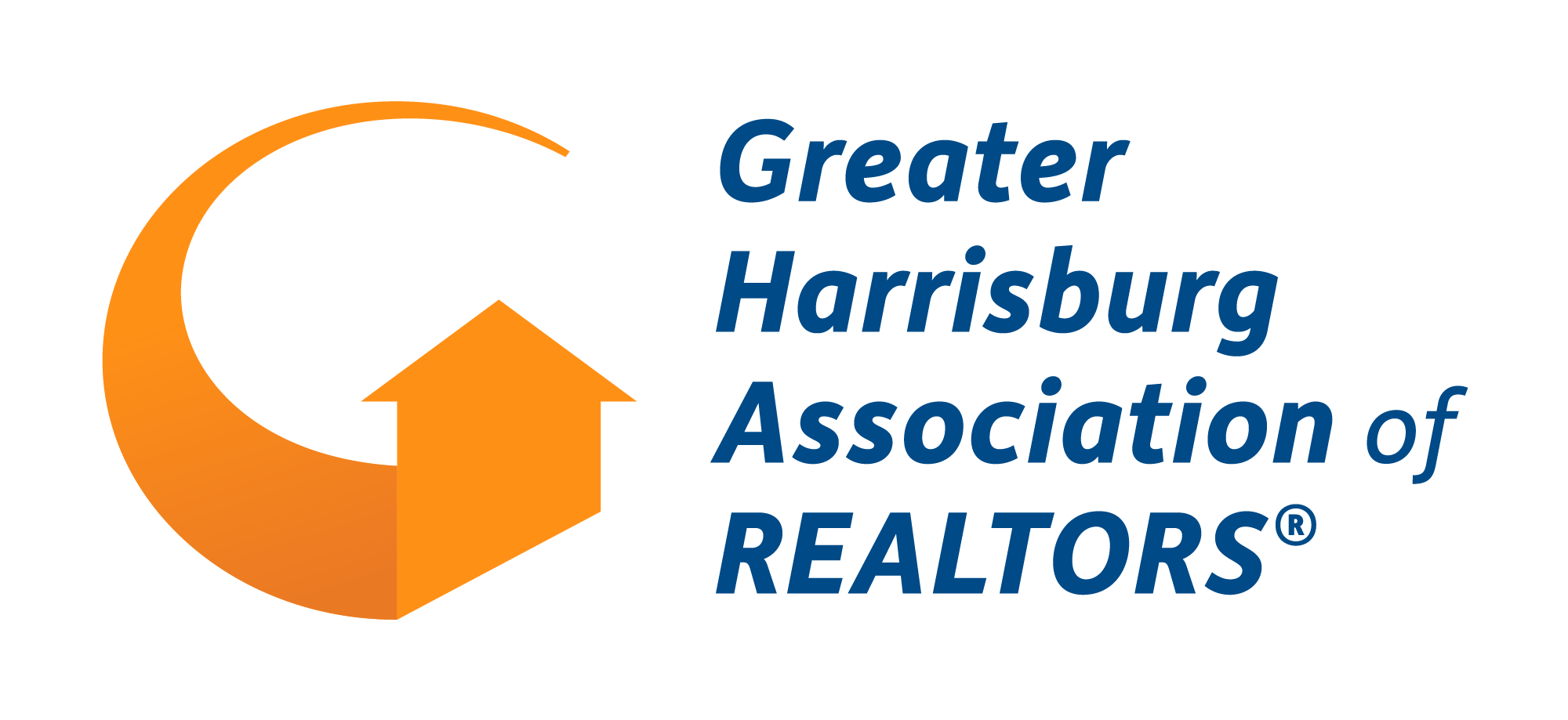It’s Not As Easy As You Think!
How to List the Buyer/Seller on an Agreement of Sale and How They Should Sign
Today, it seems that more and more often our clients in a real estate transaction are not simply individuals. Rather, we see clients as (1) business entities, (2) estates, or (3) Agents under a Power of Attorney. Furthermore, clients are frequently signing the Agreements of Sale (“AOS”) electronically via Docusign or some other electronic signing software.
It is extremely important that when drafting the AOS, the agent or attorney (1) correctly identifies the client and (2) that the clients signs the AOS the proper way. A contract may be void if the client is not properly identified or signs incorrectly.
Listed below are some common non-individual buyers and sellers, and the proper way to both identify them on the AOS and have them sign.
Business Entities:
A Limited Liability Company (“LLC”) is probably the most common type of business entity that you will see as a client. When identifying the LLC on the AOS, remember to correctly spell the name of the LLC and include the identifier. Example: “John Property Holdings, LLC”. If you are unsure of the exact name of the entity, ask your client. You should always review the organizational documents for the entity prior to writing the contract. This will let you know who is authorized to sign on behalf of the LLC. You cannot have the client sign their name as “John Property Holdings, LLC”. Rather, find out who the Managing Member of the LLC is, and have them sign as “John Smith, Managing Member.”
Likewise, for Corporations or Partnerships, review the entity documents and determine the correct name of the entity, and who is authorized to sign on behalf of that entity. For Corporations, you can have the authorized person sign as “President” or “Authorized Signer”, i.e. “John Smith, President”. For a Partnership, have the authorized signer sign as “Partner”, i.e. “John Smith, Partner”.
Estates:
When your client, typically as seller, has passed away, his/her Estate will become the owner/seller of the property. The Estate will need to be opened at the Register of Wills office in the county for which the client resided. Once the Estate is opened, someone will be appointed as the “Executor”. This is the person who is authorized on behalf of the Estate to sign the contract.
The Estate should be identified on the AOS as “Estate of John Smith”. You cannot simply list John Smith as the seller. John Smith is deceased and no longer owns the property. His Estate does.
Likewise, John Smith cannot sign the contract. The contract should be signed by the appointed Executor, i.e. “Michael Smith, Executor”.
Powers of Attorney:
A Power of Attorney (“POA”) is utilized when a client is unable to sign a contract on their own behalf but is still living. You do NOT list the client as “POA” if they are deceased. If deceased, the client’s Estate is the seller.
Since your client is still living, you identify the client on the AOS by their name. The client would simply be “John Smith”. Because John Smith is still alive. You can also list the Agent, if you’d like, i.e. “John Smith, by Michael Smith, his Agent.”
However, when determining how John Smith should sign the contract, you need to first review the POA document. The POA document will identify who John Smith has named as his Agent under that POA. It is the Agent who will sign the contract, and that Agent should sign as “Michael Smith, Agent”.
Remember – POA stands for Power of Attorney. The person who is authorized to sign on behalf of the seller is the Agent and should sign as such.
If you are unsure how to identify a client, or how the client should sign the Agreement of Sale, check with your broker or your real estate attorney.

